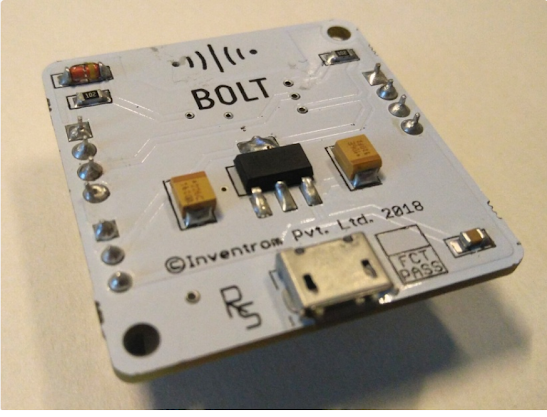- So what is blot IOT?
The Internet of Things (IoT) is nothing new, it has been with us for over a decade, but in this time we have seen the price of devices fall from hundreds of dollars to less than $10! The ESP8266 (and the newer ESP32) have really shaken the world of IoT from being pretty much a novelty industry (we all remember fridges that tweet and ovens that force us to accept an end user ( licence agreement) into a citizen science revolution where sensors across the world are monitoring climate change, animal migration patterns and much more.
Read this important advice that will actually increase your chance to get an internship in IoT and ML- https://www.boltiot.com/blog/here-is-an-advice-that-will-actually-increase-your-chance-to-get-an-internship-in-iot-and-ml
However, all of these good ideas need a power source and the ESP8266 has become the go-to board largely down to price, and not for its ease of use. But there are boards out there, based on the ESP8266, that offer an easy to use interface that we can use to program the board to do what we want!
The Bolt IoT platform is one such board, and we had one on the bench and took it for a test drive.
| Parameters | |
| Connectivity and Processing Module | ESP8266 with custom firmware |
| MCU | 32-bit RISC CPU: Tensilica Xtensa LX106 |
| Power | 5V/1A DC via Micro-USB port or 5V and GND pins |
| Operating Voltage | 3.3V |
| CPU Clock Frequency | 80 MHz |
| MCU Internal Memory | 64 KB of instruction RAM; 96KB of data RAM |
| MCU External Memory | 4 MB Flash memory [QSPI] |
| GPIO pins | 5 Digital pins [3.3V logic] |
| ADC | 1 pin 10 bit ADC [0-1V input] |
| PWM | All 5 Digital pins capable of PWM [Software PWM] |
| Connectivity | |
| WiFi | 802.11 b/g/n |
| Automatic AP mode if not connected to WiFi | |
| WEP/WPA/WPA2 authentication | |
| UART 8-N-1 3.3V TTL UART [using TX, RX, GND pins] [9600 baudrate] |


Comments
Post a Comment